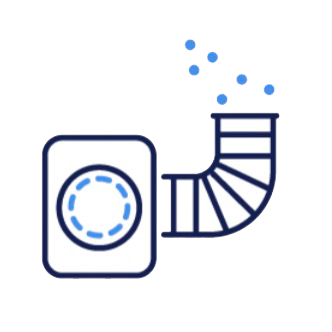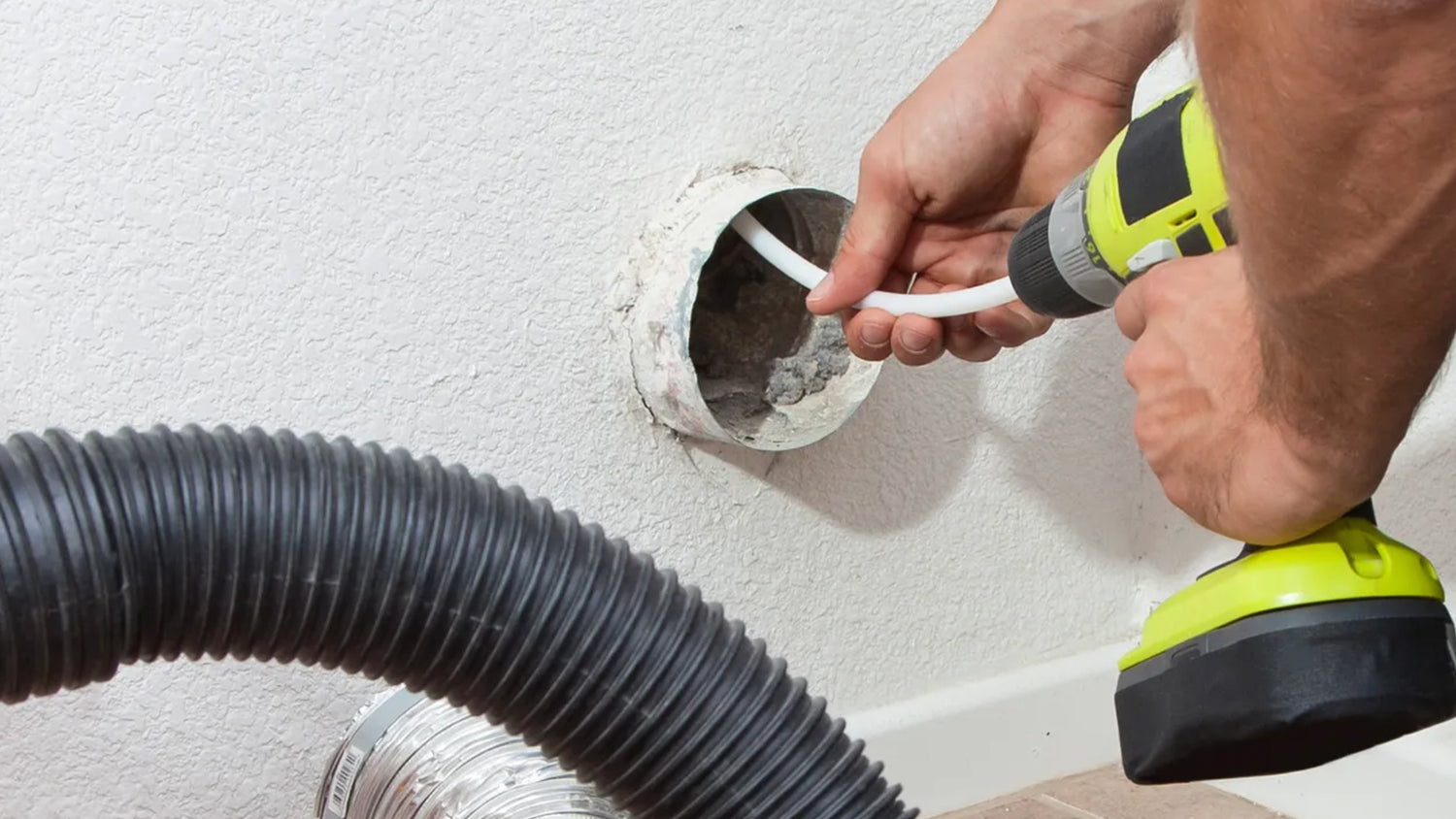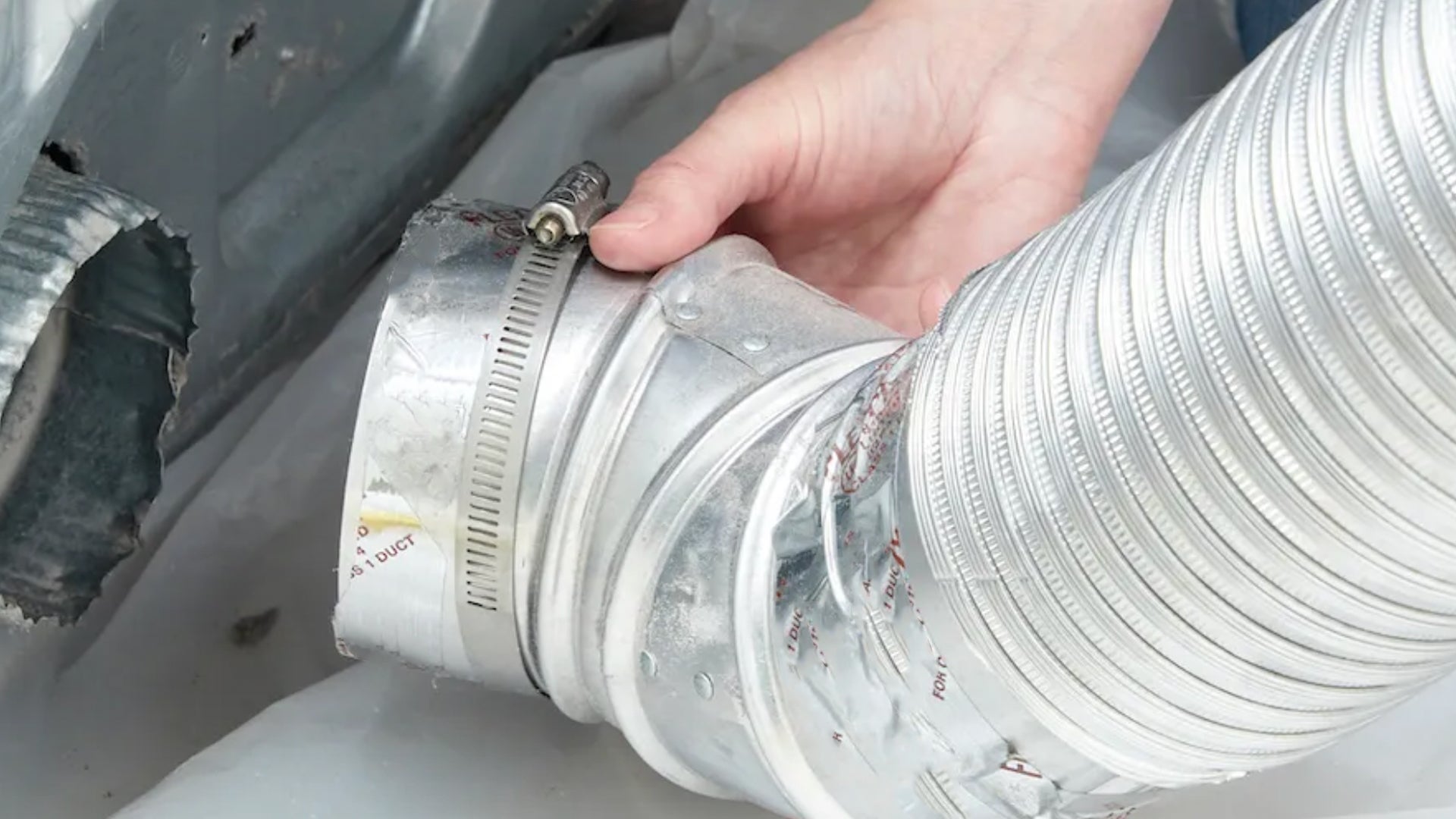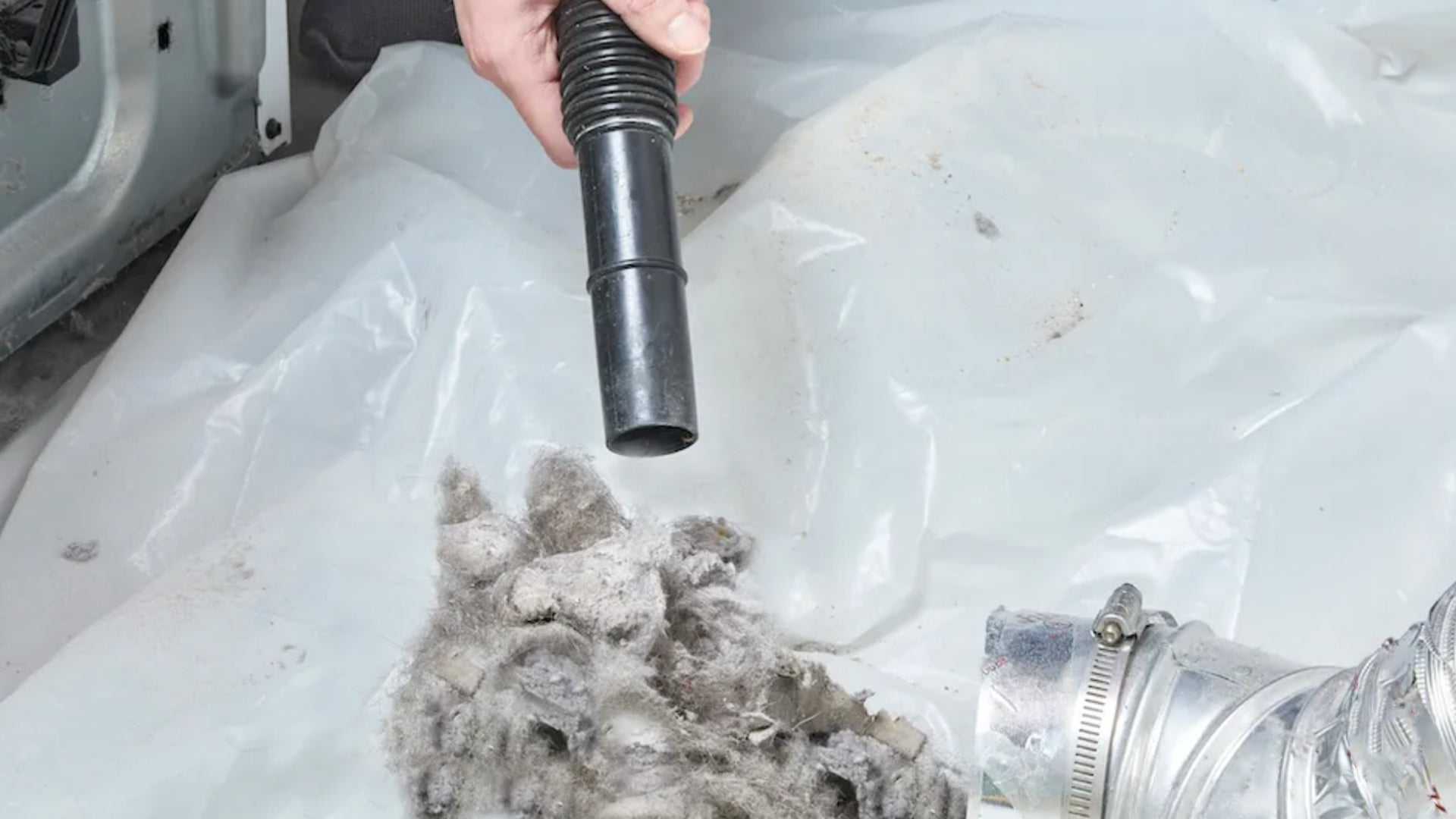1. Factors Influencing Duct Cleaning Time
- Size of Home and Ductwork: Larger homes have more ductwork, which naturally extends the cleaning time. The length and number of ducts directly correlate with the time required to ensure they are thoroughly cleaned.
- System Accessibility: Ducts that are easy to access will be cleaned faster. Homes with ductwork in attics, crawl spaces, or behind walls require more time due to the difficulty in accessing these areas.
- Extent of Contamination: The amount of dirt, dust, pet dander, mold, and other contaminants can significantly impact cleaning time. More contaminated systems need more intensive cleaning to ensure all pollutants are removed.
- HVAC System Complexity: Systems with multiple heating or cooling units, or those with features like humidifiers and air purifiers, can take longer to clean because each component needs attention.
2. Preparing for Duct Cleaning
Proper preparation can streamline the cleaning process and reduce time. Here’s how you can prepare:- Clear the Area: Ensure easy access to all HVAC components and vents by moving furniture and other items out of the way before the cleaning crew arrives.
- Check Accessibility: If possible, make note of all ductwork access points and share this information with the cleaners to expedite the process.
- Discuss Your Concerns: If you have specific concerns such as known mold patches or areas where pets might have damaged the ducts, inform the cleaners beforehand.
3. What to Expect During Cleaning
Understanding what happens during duct cleaning can help you estimate the time better:- Initial Inspection: Technicians will first inspect your ducts, using cameras to assess the extent of the buildup and any areas of concern. This step is crucial for tailoring the cleaning process.
- Cleaning Process: Professionals use high-powered vacuums, brushes, and other specialized tools to remove debris from your ducts. Each vent is usually cleaned individually, and care is taken to protect your home from escaping dust.
- Final Review: After cleaning, a final inspection ensures that the ducts are clean and no tools or debris are left behind. Technicians might also replace filters and give you an overview of the work done.
4. Post-Cleaning Maintenance
Maintaining your ducts post-cleaning can extend the time between sessions:- Regular Filter Replacement: Change your HVAC filters every 90 days, or more frequently if you have pets or allergies.
- Annual Inspections: Even if you don’t clean your ducts annually, having them inspected can help spot potential issues early.
- Monitor Performance: Keep an eye on your HVAC system's efficiency and air quality. Any decline could indicate that it’s time for another cleaning.
- Preventive Measures: Use indoor air purifiers and maintain a regular cleaning schedule for your home to reduce dust and debris accumulation.
5. When to Schedule Next Cleaning
Based on the National Air Duct Cleaners Association (NADCA) recommendations and individual factors such as allergies, pet ownership, and local environmental conditions, plan your next cleaning. Homes in dusty areas or with frequent HVAC use might need more frequent cleanings.Conclusion
Duct cleaning is a vital service that maintains your indoor air quality and HVAC efficiency. By understanding the factors that affect cleaning time and how to prepare, you can ensure a smooth and effective service. Remember, the key to prolonging the benefits of duct cleaning is regular maintenance and timely inspections.With these insights, you’re better equipped to manage the duct cleaning process effectively, ensuring a healthier home environment and potentially saving on energy costs due to a more efficient HVAC system.



